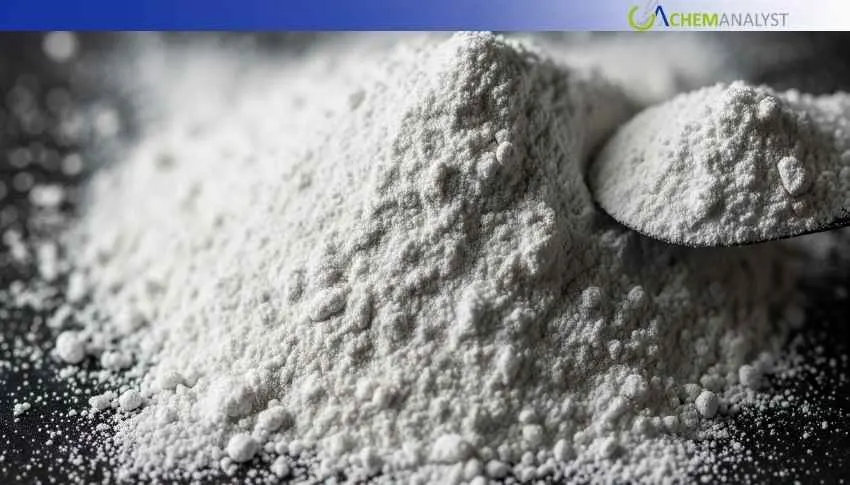Welcome To ChemAnalyst

In July 2025, zinc oxide prices increased marginally in China due to tight supplies of zinc ingots, while U.S. prices decreased due to surplus imports and fragmented demand, with future developments dependent on sectoral performance.
In July 2025, Chinese and U.S. zinc oxide markets showed diverging prices trends influenced by different regional demand and supply dynamics. China saw a nominal price hike on the back of feedstock shortages and strong local tire industry demand, while the U.S. dropped as it was supported by favourable supply and skewed downstream consumption. Macro-driven reasons like uncertainty in international trade, inventory management trends, and industry-based demand patterns directed the prices in both markets.
In China, the price rise in July was primarily because of limited supply of the major raw material, zinc ingot, which lowered zinc oxide production. Inner Mongolia XingAn Copper and Zinc's temporary power rationing reduced mid-July zinc ingot output by around 400 tonnes. Meanwhile, major port zinc concentrate stock fell, further reducing feedstock availability. This dearth–supplemented by speculative buying on the Shanghai Futures Exchange – drove zinc ingot prices up, increasing the cost of production for zinc oxide producers and fuelling the modest price increase.
On the demand side, tyre plant operating rates improved, and Shandong all-steel tire capacity increased, supporting steady zinc oxide consumption for compounding. Export orders softened with altered automotive sales in the Southeast Asia and the Middle East markets, and high overseas inventories dampening restocking. The equilibrium of tight supply and prudent external demand kept the market somewhat firm.
In the U.S., zinc oxide prices softened as supply remained ample and cost pressures were minimal. Reliable import streams from Canada and Mexico, supported by competitive export pricing and reduced freight costs, kept the market well-stocked. U.S. ports reported smooth operations without major congestion, ensuring timely deliveries.
Downstream demand experienced diverging trends: the auto industry gained from a month-on-month spike of 8.9% in sales of vehicles, promoting higher consumption of zinc oxide in tyre and rubber manufacturing. On the other hand, the construction industry's demand remained subdued under high interest rates and affordability pressures with consumers taking short procurement cycles and holding low inventories. Uncertainty driven by tariffs also reduced large-scale commitments, leaving overall Zinc oxide consumption subdued though there were pockets of strength.
In the future, zinc oxide price trends in both markets will be subject to raw material availability, sector performance, and trade flow factors. In China, any additional supply disruptions to zinc ingot, combined with continued tire sector production, would contribute upward momentum for Zinc oxide prices, but export demand recovery cannot be assured. In the U.S., prices can continue to face pressure unless construction sector demand picks up or import volumes slow down.
We use cookies to deliver the best possible experience on our website. To learn more, visit our Privacy Policy. By continuing to use this site or by closing this box, you consent to our use of cookies. More info.
